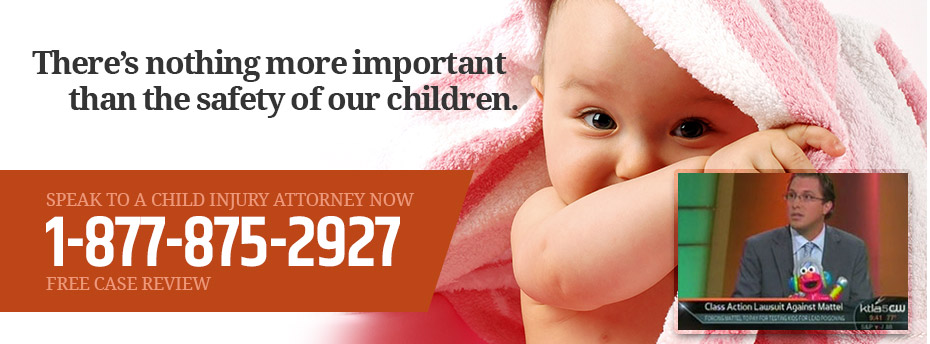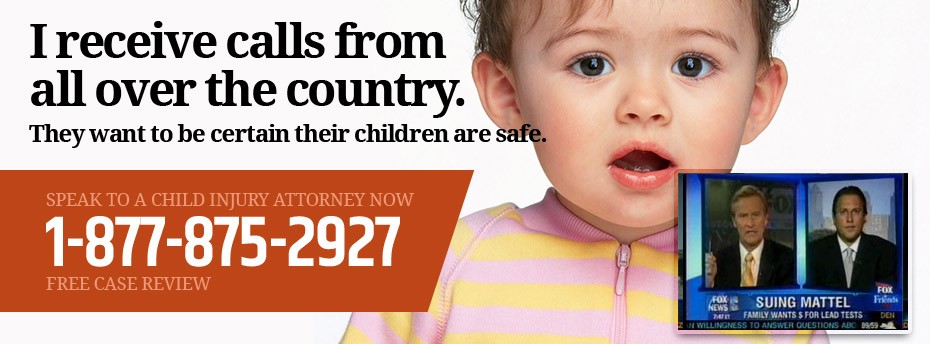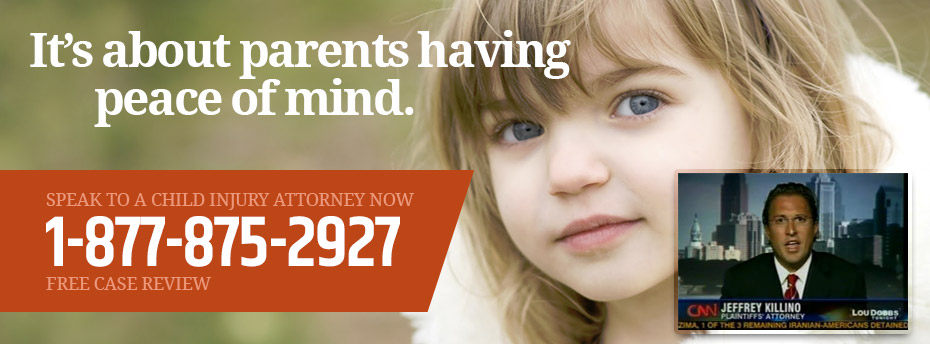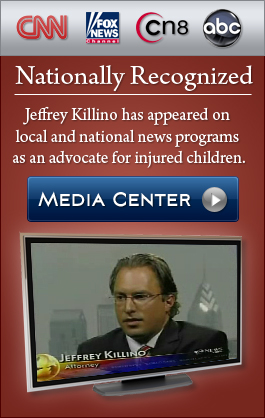Child drownings remain a serious problem throughout the United States.
And while swimming pools and hot tubs are responsible for a significant portion of these tragedies, kids can drown anywhere there’s water. In fact, garden fountains, koi ponds, retention ponds, canals, planter pots, and large buckets are just some of the less obvious drowning hazards parents, caregivers, and property owners need to guard against.
Our Childhood Drowning Injury Lawyers have extensive experience representing infants, toddlers, and kids hurt because of another’s negligence, earning national recognition for their aggressive pursuit of justice on behalf of injured children and their families. If your son or daughter was the victim of a backyard or garden drowning, please call our law firm toll-free at 877-875-2927 to speak with an attorney and learn more about your legal rights.
Child Drowning Statistics
 According to the U.S. Centers for Disease Control, an average of 3,960 drowning deaths occur in the United States every year, or roughly 11 per day. The nation also averages 8,080 non-fatal drowning deaths annually, or 22 per day.
According to the U.S. Centers for Disease Control, an average of 3,960 drowning deaths occur in the United States every year, or roughly 11 per day. The nation also averages 8,080 non-fatal drowning deaths annually, or 22 per day.
Drowning remains the leading cause of unintentional death among kids ages 1 through 4 and the second-leading cause of unintentional fatalities among children between the ages of 1 and 15.
Drowning injuries can cause brain damage and other serious outcomes, including long-term disabilities.
For every child who dies from drowning, another eight receive emergency department care for non-fatal drowning. More than half of the drownings treated in emergency departments require hospitalization or transfer for further care, compared with 8% for all unintentional injuries.
Children under the age of five face the highest risk of drowning. It’s important to remember that a baby or toddler can drown in less than two inches of water.
Child Drownings Can Happen Anywhere
According to the American Red Cross, children under the age of 1 are more likely to drown at home. About 87% of drowning deaths involving kids under 5 occur in swimming pools owned by family, friends, neighbors, or relatives.
After pools, bathtubs are the second leading location where young children drown. However, buckets, bath seats, wells, cisterns, septic tanks, landscaping ponds, water fountains, rain barrels, and toilets are also potential in-home drowning hazards for infants and toddlers.
Five-gallon buckets – the type frequently used for household chores — pose a serious threat to toddlers. A bucket’s straight sides combined with its stability make it nearly impossible for a top-heavy child to free themselves after they’ve toppled in headfirst.
In fact, the CPSC has received reports of over 275 bucket-related child drownings since 1984, and over 30 kids have been hospitalized. While nearly all these incidents involved 5-gallon buckets, any outdoor container or bin should be considered a potential hazard, including large dog bowls, garden planters, and planter pots.
Kids have also been known to drown in water-filled ditches, irrigation channels, canals, and retention ponds. However, children and teenagers between the ages of 5 and 17 are most likely to drown in open water sources, including rivers, lakes, streams, and ponds.
Preventing Child Drowning Deaths
The truth is, most child drownings are preventable. Below are some tips to keep your son or daughter safe this summer:
- While swim classes can reduce the risk of drowning, a child’s ability to swim won’t guarantee their safety. So never leave young kids unattended at a pool or anywhere else there’s water.
- Although birdbaths, water fountains, garden ponds, and koi fish ponds add beauty to a landscape, parents should consider holding off on installing backyard and garden water features until their children are older.
- Install fences, gates, and grates to prevent kids from accessing swimming pools, hot tubs, wells, septic tanks, and irrigation ditches.
- Be proactive and learn about any risks when visiting the home of a neighbor, friend, or relative.
- Designate a responsible adult to supervise closely and constantly when children are in or near water (including bathtubs). Consider assigning one adult to watch each child when they have access to water.
- Because drowning happens quickly and quietly, adults watching kids in or near water should avoid distracting activities like playing cards, reading books, talking or texting on the phone, and using alcohol or drugs.
- If you have a backyard pool or hot tub, shut and lock all doors and gates that provide access when not in use.
- If a child is missing, check the water first. As many as 69% of young kids found drowned or submerged in swimming pools weren’t expected to be in or at the pool.
- Empty all buckets, bins, tanks, garden planters, and planter pots of liquid and store them safely when not in use. Don’t leave them outside, where they might accumulate water.
- If you have a toddler, consider installing child-proof locks on toilets.
- Be sure any rain barrels are equipped with clamps, a friction fit cover, or a built-in exclusion device to keep little ones from climbing inside and drowning.
- Parents, caregivers, and anyone supervising kids in or around water should be certified in CPR. Child drowning victims are more likely to survive if bystanders begin CPR and call 911 right away.
“My Child was the Victim of a Backyard Drowning. Who Can I Sue?”
Depending on the circumstances, you may be able to pursue legal action if your child was injured or tragically killed because of a backyard or garden drowning incident.
For example, you might have a claim against a homeowner if they failed to ensure swimming pools, water features, and other potential drowning hazards weren’t accessible to kids.
The company that installed a fence, gate, or grate might be liable if improper installation allowed your son or daughter to access a water hazard. You might also be able to file a lawsuit against the manufacturer if a defective fence, gate, or grate contributed to your child’s drowning.
Finally, you may qualify to pursue wrongful death claims against the responsible parties if their negligence resulted in your child’s death.
Contact an Experienced Child Drowning Lawyer Today
As a nationally recognized Child Injury Lawyer, Attorney Jeffrey Killino has successfully handled a wide range of personal injury and wrongful death cases that involved childhood drowning injuries.
If your son or daughter was the victim of a backyard or garden drowning, Jeffrey Killino and his legal staff will commit the resources necessary to ensure your family obtains the compensation and justice you deserve. Please don’t hesitate to contact us today at 1-877-875-2927.





